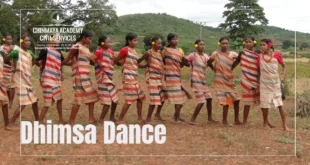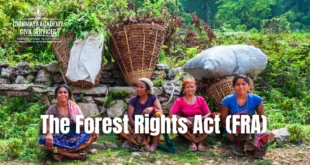The Dalai Lama has named a US-born Mongolian boy as the tenth Khalkha Jetsun Dhampa, the head of the Janang tradition of Tibetan Buddhism and the Buddhist spiritual head of Mongolia, a report by the Times said.
Janang Tradition
- The Janang is one of the schools of Tibetan Buddhism.
- Its origins in Tibet can be traced to early 12th century .
- It became much wider known with the help of Dolpopa Sherab Gyaltsen, a monk originally trained in the Sakya school.
- The Jonang school’s main practice comes from the Kalachakra cycle.
Tibetan Buddhism
- Buddhism became the predominant religion in Tibet by the 9th century AD.
- It evolved from the Mahayana and Vajrayana traditions of Buddhism, incorporating many tantric and shamanic practices of both post-Gupta period Buddhism in India as well as the Bon religion which was spread across Tibet prior to Buddhism’s arrival.
Tibetan Buddhism has four major schools:
- Nyingma (8th century),
- Kagyu (11th century),
- Sakya (1073), and
- Gelug (1409).
- The Janang school (12th century) is one of the smaller schools that grew as an offshoot of the Sakya school.
- Since 1640, the Gelug school has been the predominant school of Tibetan Buddhism.
- The Dalai Lama belongs to this school.
Hierarchy and Reincarnation in the Tibetan Buddhist tradition
- The cycle of birth, death and rebirth is one of Buddhism’s key beliefs.
- Tibet’s hierarchical system seemingly emerged in the 13th century.
- It was also around this time that the first instances of formally recognizing the reincarnations of lamas can be found.
- In 1417, Jé Tsongkhapa founded the Gelug school.
- The fifth grand lama of the school, Ngawang Lobsang Gyatso, was conferred the title of Dalai Lama (‘Dalai’ being the Mongol word for ‘ocean’).
- To consolidate his rule, he instituted the tradition of succession through reincarnation in the Gelug school.
- He himself claiming to be the reincarnation of Avalokiteshvara, one of the most important Bodhisattvas in Mahayana traditions.
- A number of procedures are followed in order to recognise Tulkus (recognised reincarnations).
- The Dalai Lama is found rather than chosen.
- Following the Buddhist belief in the principle of reincarnation, the Dalai Lama is believed by Buddhists to be able to choose the body into which he is reincarnated.
- That person, when found, will then become the next Dalai Lama.
- The predecessor himself leaves guidance regarding his reincarnation.
- The prospective child then has to undergo multiple ‘tests’.
Chinese interference
- The Chinese occupation of Tibet and the Dalai Lama’s exile has raised significant complications in the established traditions of reincarnations in Tibetan Buddhism.
- For years, the Chinese government has attempted to discredit the Dalai Lama
- According to an order passed by the Chinese government in 2007, a reincarnation application must be filed by all Buddhist temples in that country before they are allowed to recognise individuals as tulkus.
SOURCE: THE HINDU, THE ECONOMIC TIMES, PIB
 Chinmaya IAS Academy – Current Affairs Chinmaya IAS Academy – Current Affairs
Chinmaya IAS Academy – Current Affairs Chinmaya IAS Academy – Current Affairs



